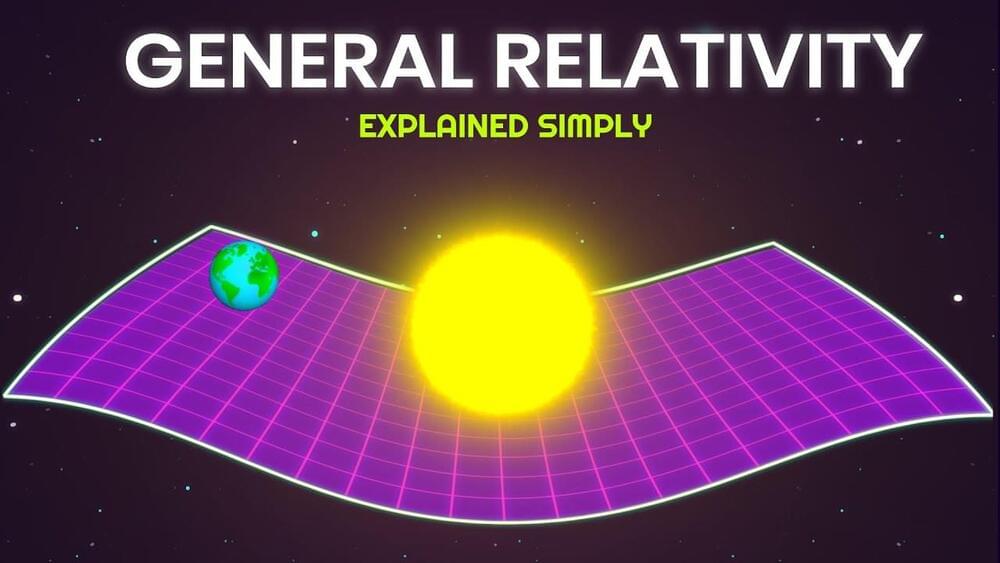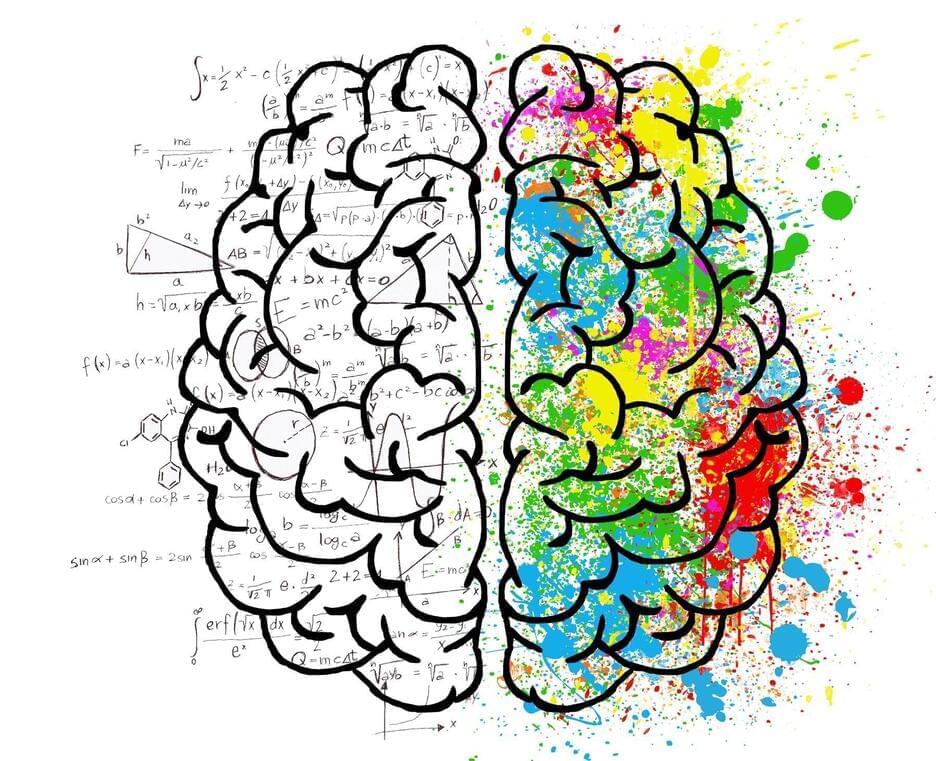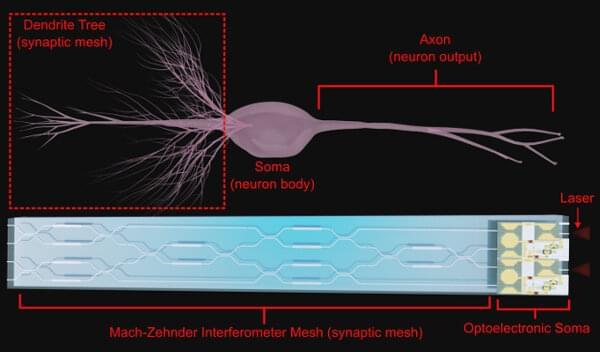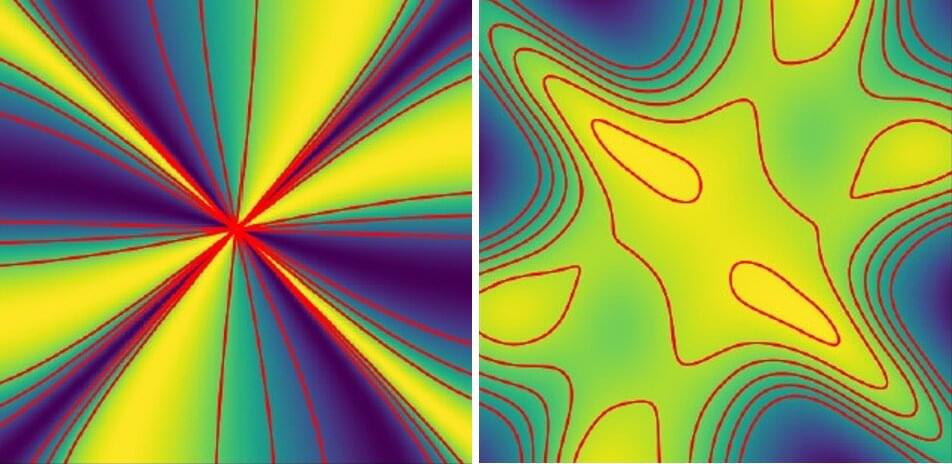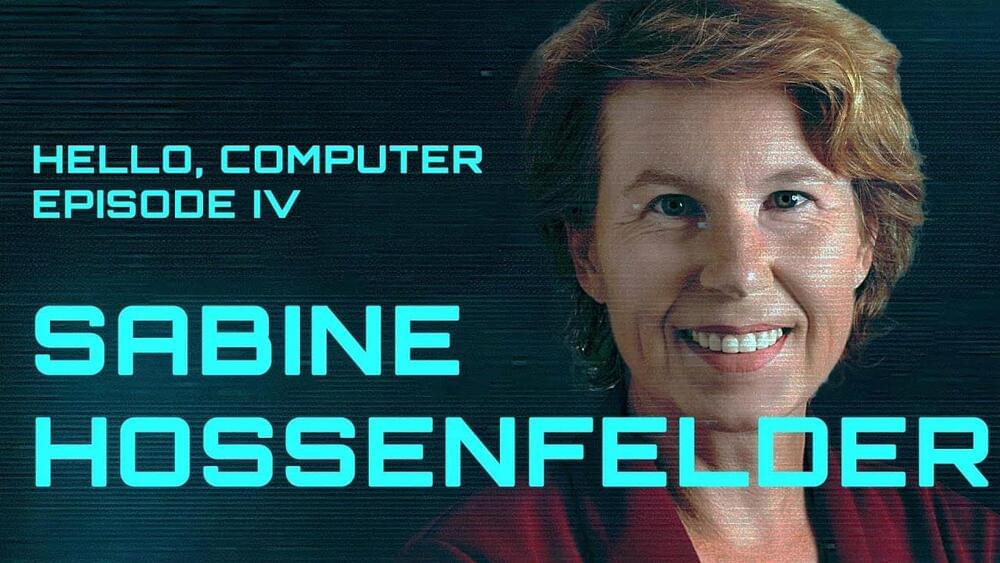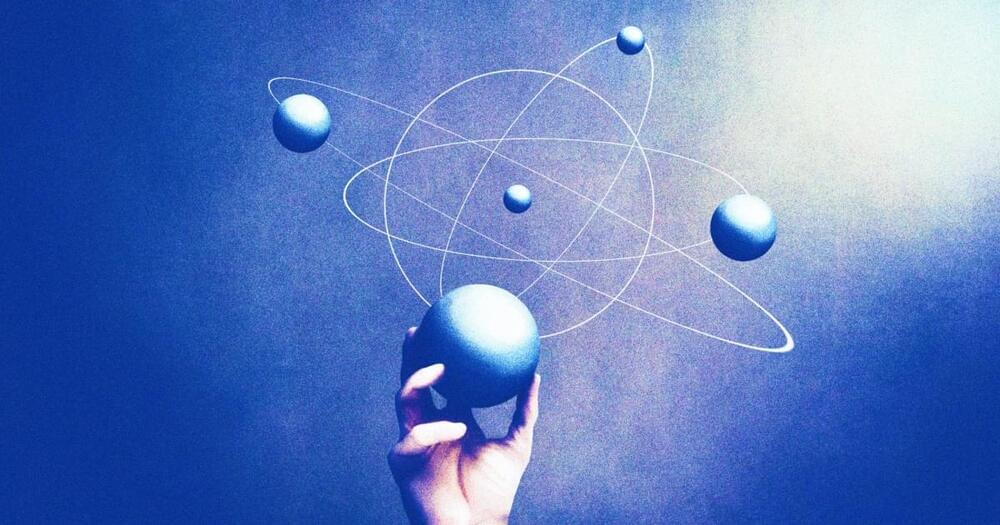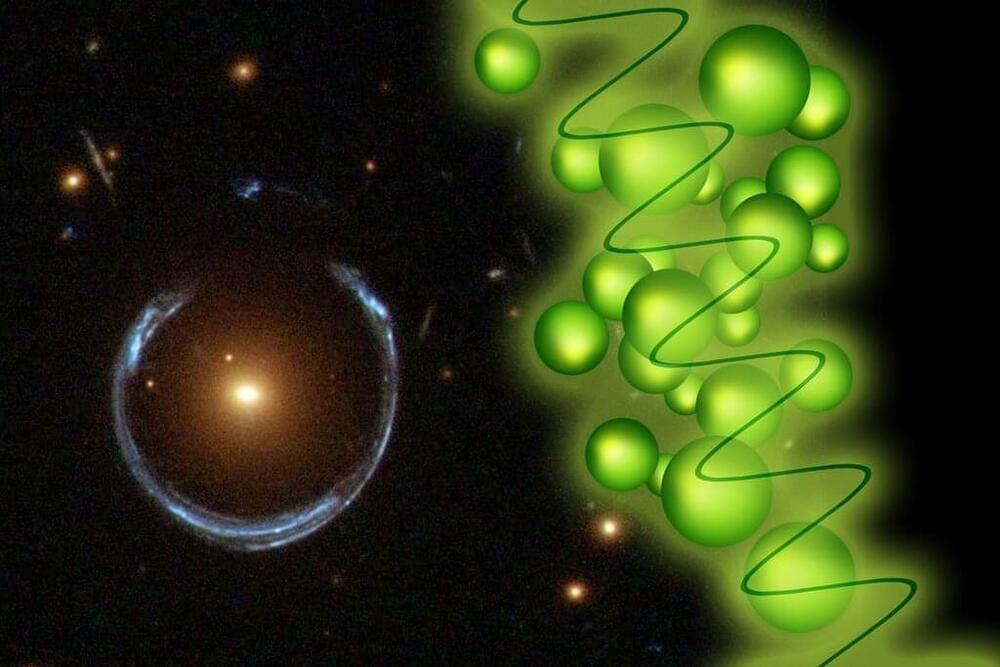Jun 6, 2023
If light has no mass, why is it affected by gravity? General Relativity Theory
Posted by Dan Breeden in categories: information science, mathematics, space
General relativity, part of the wide-ranging physical theory of relativity formed by the German-born physicist Albert Einstein. It was conceived by Einstein in 1915. It explains gravity based on the way space can ‘curve’, or, to put it more accurately, it associates the force of gravity with the changing geometry of space-time. (Einstein’s gravity)
The mathematical equations of Einstein’s general theory of relativity, tested time and time again, are currently the most accurate way to predict gravitational interactions, replacing those developed by Isaac Newton several centuries prior.
Continue reading “If light has no mass, why is it affected by gravity? General Relativity Theory” »
